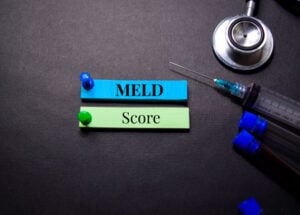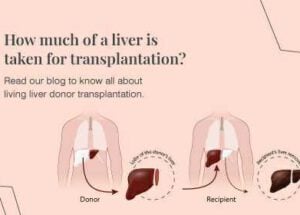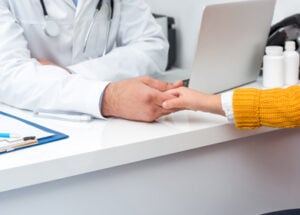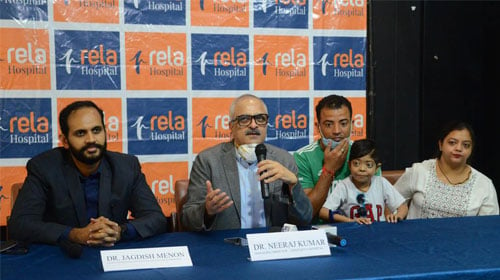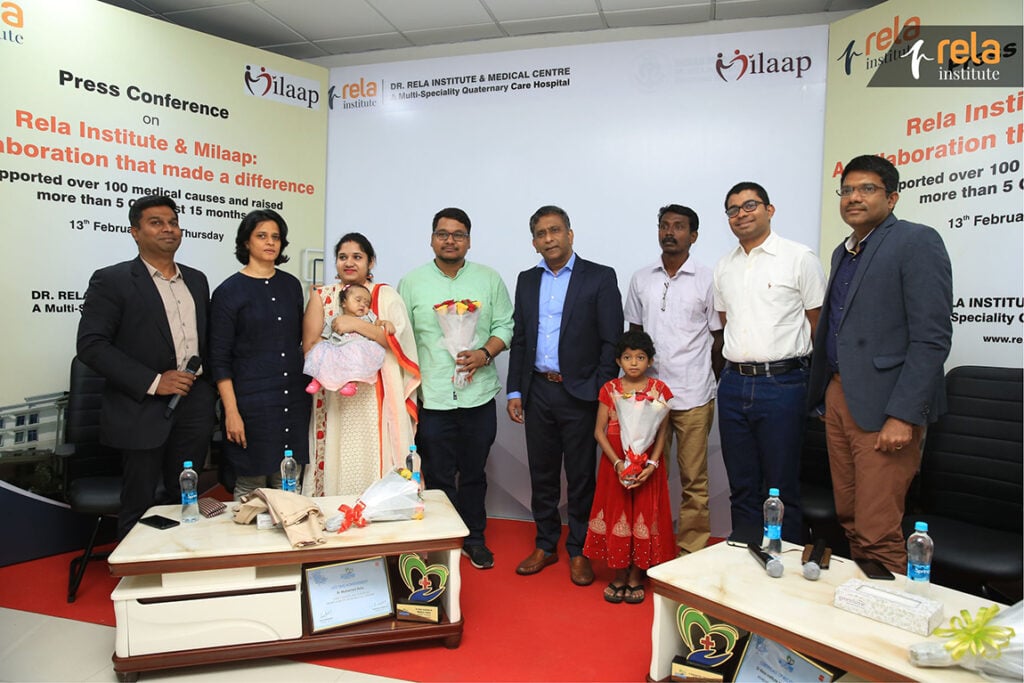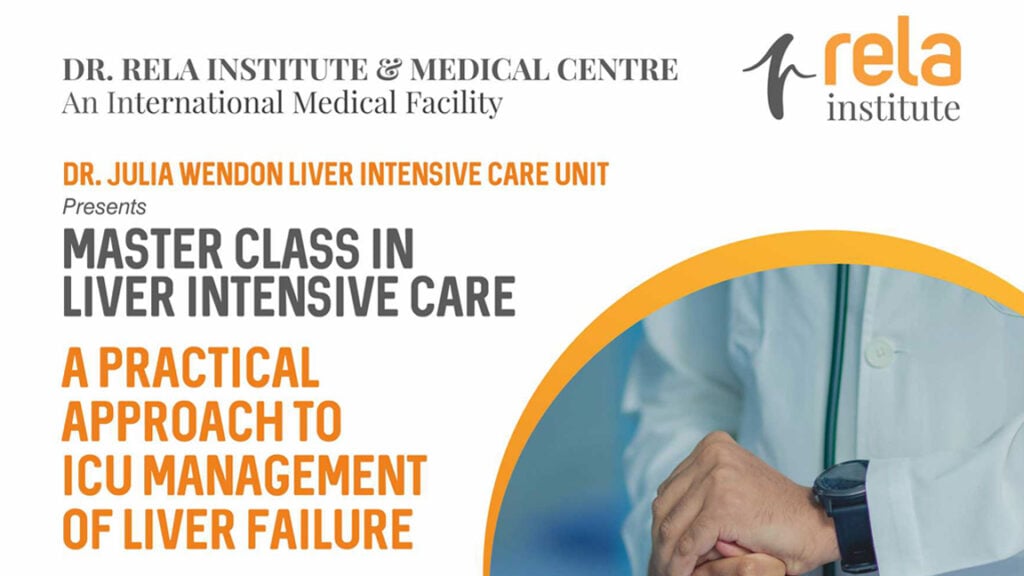Gallbladder Polyps
A gallbladder polyp is a small, abnormal growth of tissue with a stalk protruding from the lining of the inside of the gallbladder. They are relatively common. The gallbladder is a small organ that stores bile and passes it from the liver to the small intestine.
Although gallbladder polyps can be cancerous (malignant), about 95 percent of gallbladder polyps are noncancerous (benign). Gallbladder polyp size is often an indication of the presence of cancer:
- Small gallbladder polyps less than 0.5 cm in diameter are typically benign and, in most cases, don’t need to be treated.
- Gallbladder polyps larger than 0.5 cm in diameter have a greater likelihood of being or becoming malignant.
- Gallbladder polyps larger than 1cm have a high probability of being malignant.
Types
Gallbladder polyps are categorized into several types:
Cholesterol Polyps
These are the most common type and develop from cholesterol deposits in the gallbladder wall. These are the most common type, formed by cholesterol deposits in the gallbladder wall.
Adenomatous Polyps
These are benign tumours that can develop in the gallbladder. While usually small and asymptomatic, they have the potential to become cancerous and are therefore monitored closely.
Inflammatory Polyps
These polyps form as a result of chronic inflammation in the gallbladder, often linked to gallstones or other gallbladder conditions. They are usually small, benign, and typically don’t require treatment.
Hyperplastic Polyps
These polyps are characterized by an overgrowth of normal gallbladder cells. They are less common than cholesterol or adenomatous polyps and are generally benign.
Malignant Polyps
In rare cases, gallbladder polyps can be cancerous, most commonly adenocarcinoma. These polyps require aggressive treatment, often including gallbladder removal.
Causes
The exact cause of gallbladder polyps is unknown. Studies investigating the risk factors for gallbladder polyps are inconclusive and do not establish a clear link between polyps and several factors, such as:
- Age
- Gender
- Medical conditions, such as obesity or diabetes
- There may be a link between fat metabolism, family genetics, and gallbladder polyps, but this remains unproven.
Symptoms
In many cases, individuals with gallbladder polyps do not exhibit any symptoms. However, some people may experience:
- Occasional pain in the upper right part of the abdomen (hypochondrium)
- Nausea
- Vomiting
Risk Factors
- Age: The risk of developing gallbladder polyps rises with age, particularly in individuals over 50.
- Gender: Men are more likely to develop gallbladder polyps than women.
- Obesity: Obesity and excess body weight may raise the risk, likely due to their influence on cholesterol levels.
- Hyperlipidemia (High Cholesterol): Elevated blood cholesterol levels can promote the development of cholesterol polyps.
- Diabetes: Diabetes is another condition linked to an elevated risk of gallbladder polyps.
- Gallstones: While not a direct risk factor, gallstones can sometimes be found in conjunction with gallbladder polyps and may increase the risk of certain complications.
- Familial Polyposis, Peutz-Jeghers, Gardner Syndrome: These genetic syndromes increase the likelihood of developing gallbladder polyps.
- Hepatitis B: Some studies suggest an association between hepatitis B and gallbladder polyps.
- Geographic Location: Certain populations, especially those with high-cholesterol diets, may have a higher prevalence of gallbladder polyps.
Complications
Gallbladder polyps, while often benign, can lead to several complications, including gallbladder inflammation (cholecystitis), obstruction of the bile duct, and, in rare cases, gallbladder cancer. These complications may lead to various symptoms, such as abdominal pain, jaundice, and digestive problems.
Short-term and Long-term Complications:
- Short-term: Acute abdominal pain, inflammation, and digestive issues can occur.
- Long-term: Chronic gallbladder disease, increased risk of cancer, and potential for long-term digestive problems.
Other Symptoms:
- Vomiting: May occur due to polyp-related digestive issues or inflammation.
- Fever: Can be a sign of inflammation (cholecystitis).
- Pain that radiates to the back: Conditions affecting the gallbladder, including polyps, can cause pain that radiates to the back.
- Jaundice: A yellowing of the skin and eyes caused by bile duct blockage.
Treatment and Diagnosis
Gallbladder polyps are often discovered accidentally using imaging techniques like ultrasound, CT scans, or MRI. Ultrasound is the most common initial method, followed by other scans for further evaluation if needed. Blood tests may also be used to assess liver function and rule out other conditions.
The primary treatment for gallbladder polyps depends on their size, type, and whether they cause symptoms.
Treatment Approaches:
Observation: Most polyps do not cause issues and typically do not require treatment. Your doctor may recommend monitoring them to ensure they are not growing rapidly, becoming too large, or causing new symptoms. You will have to go through periodic ultrasound tests. They may recommend gallbladder removal if they see any troubling trends.
Surgery: Surgical removal of the gallbladder is the primary treatment for gallbladder diseases. If polyps are accompanied by inflammation or gallstones, your healthcare provider may suggest removal to prevent complications and reduce the risk of potential cancer. It is possible to live a healthy life without a gallbladder.
Gallbladder removal surgery is performed using two primary methods:
- Laparoscopic cholecystectomy: A minimally invasive surgery through which your gallbladder is removed through a few small incisions. The laparoscopic method is preferred as it results in fewer complications and allows for a faster recovery, typically around two weeks.
- Open cholecystectomy: This may be needed when the doctor suspects cancer. The surgeon may prefer this because they will have to remove other affected tissues and lymph nodes outside of the gallbladder. This is a more extensive procedure that requires a longer recovery period, usually about six to eight weeks.
Home Remedies
While natural treatments are not endorsed by medical professionals or supported by clinical research, many individuals turn to home remedies for relief from benign gallbladder polyps. Some of these home remedies include:
- Applying hot water packs externally
- Eating pears or drinking pear juice
- Taking unrefined olive oil on an empty stomach
- Eating beets and drinking beet juice
Some people recommend taking preventive steps to help reduce gallbladder polyps. These may include:
- Avoiding fried or fatty foods
- Staying away from high-cholesterol foods and readymade foods
- Not taking full-fat dairy products
- Not drinking carbonated beverages
- Eating more fruits and vegetables
- Increasing intake of omega-3 fatty acids
- Taking a lot of ginger and turmeric



